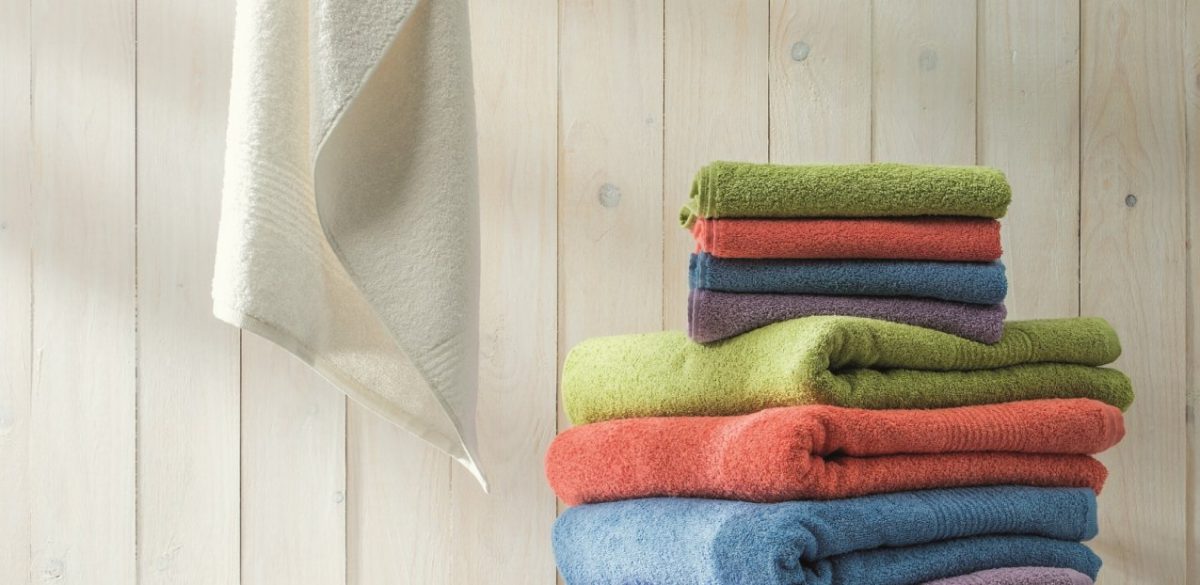Jules Clarysse started producing bath textiles on a very small scale more than 70 years ago. With an annual production of 20 million bath towels, 20% of which will be fair trade by 2014, Clarysse NV is today the market leader in Europe. Even during the crisis, Clarysse has continued to invest in sustainability.











